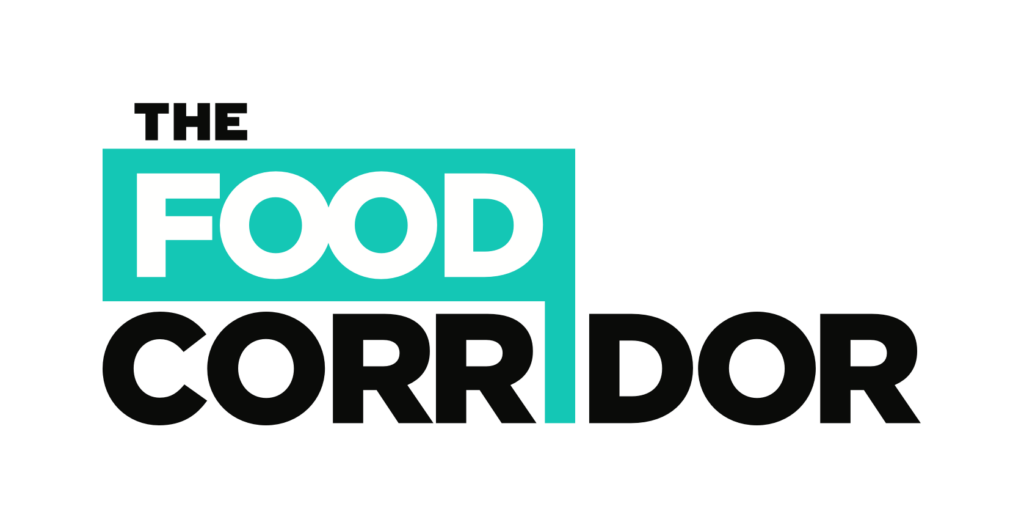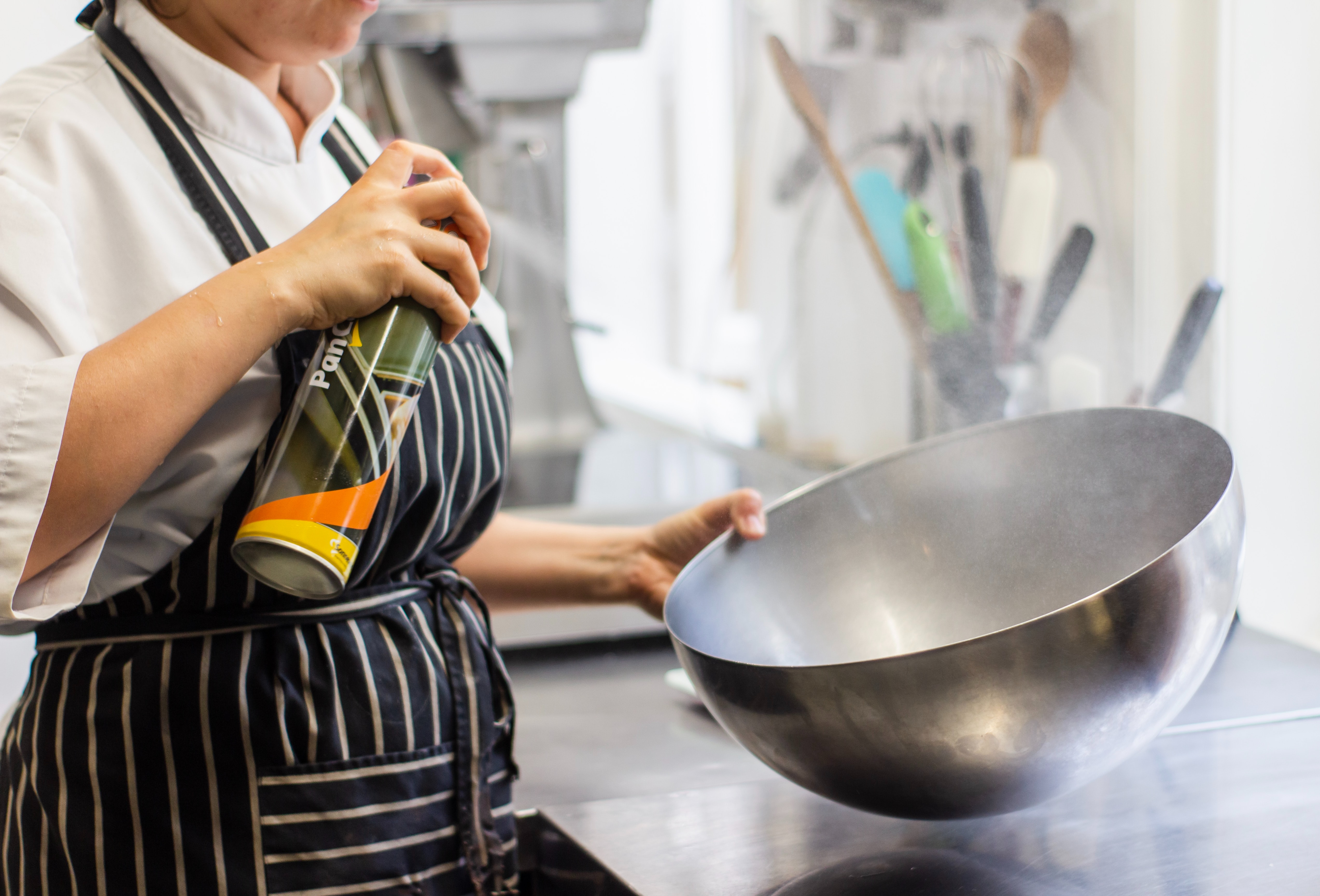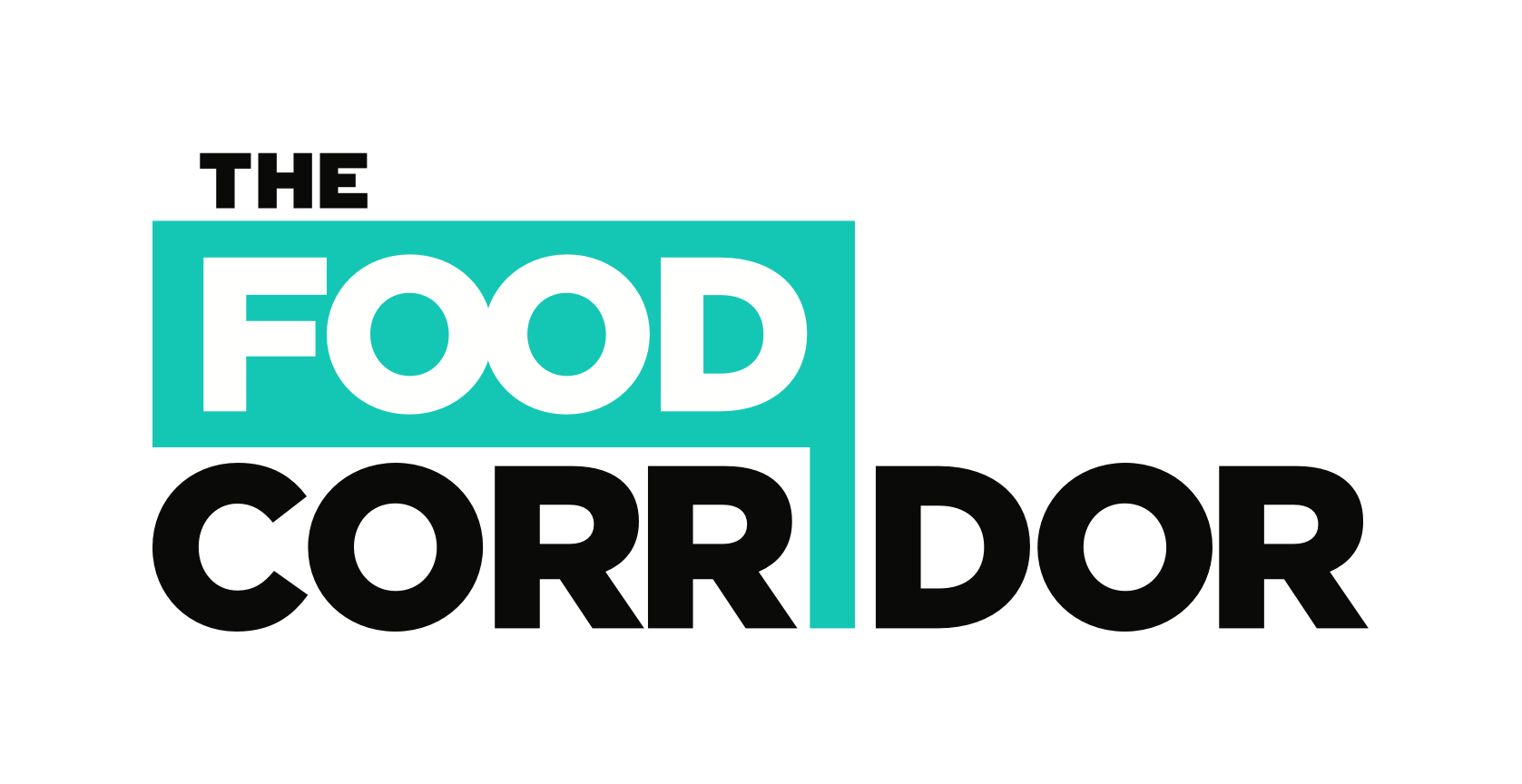Post written by researcher and Gnome Hailey Edmondston.
The shared-use kitchen sector provides commercially licensed kitchen space to food businesses looking to prepare, store, and distribute food products. While this sector is relatively young, this business model has grown dramatically in the past 15 years. According to a 2019 survey of shared kitchen operators, 40% of their kitchens had been established since 2015, and two-thirds of their kitchens established since 2010. These kitchens are a valuable resource to small and growing food businesses that face otherwise high costs of building or renting a commercial kitchen for their sole use. The growth of these shared-kitchen models suggests a mutually beneficial linkage between shared-use commercial kitchens and food businesses seeking affordable, flexible infrastructure to establish and grow their operations.
But how have shared-use kitchens fared in the midst of food supply chain disruptions, increasing usage of online delivery platforms, and COVID-related safety restrictions that are challenging the existing restaurant model? We take a closer look at that in this post.
How has COVID-19 Impacted Demand for Kitchen Space?
Restrictions imposed during the onset of the COVID-19 pandemic in the United States caused major food supply chain disruptions, and the shared-kitchen industry was no exception. As economic activity took a pause as a result of the stay-at-home orders, food businesses seeking kitchen space decreased by 40% from February 2020 to April 2020, and shared kitchen revenue and space utilization decreased by 30%. However, kitchen revenue, rentals, and food business demand not only recovered by the end of May, but have all continued to increase in June, July, and August. September and October have seen some decreasing and leveling off of food business demand, but these levels still exceed pre-COVID kitchen demand.

Quickly rebounding demand from food businesses in mid-2020 suggest that shared-use kitchens represent an entrepreneurial opportunity for food business owners and operators to pivot to commercial kitchen production to supplement or replace income and employment that was lost due to COVID-19. Likewise, an increasing number of restaurants, churches, and community organizations offering their space for rent during COVID-19 suggests that the shared-use kitchen model represents a valuable revenue opportunity for underutilized commercial kitchen facilities. Restaurants, in particular, have increasingly been advertising kitchen space on The Kitchen Door, a directory of shared-use kitchens that connects food businesses with available space. Renting out underutilized kitchen space is one way that restaurants are adapting to the sharp decrease in dine-in patrons at restaurants resulting from social distancing restrictions.
Overall, shared-use kitchens show resilience in the wake of COVID-19 disruptions. The big question–whether or not these trends in demand for kitchen space, online ordering, ghost kitchens–remains to be seen.


